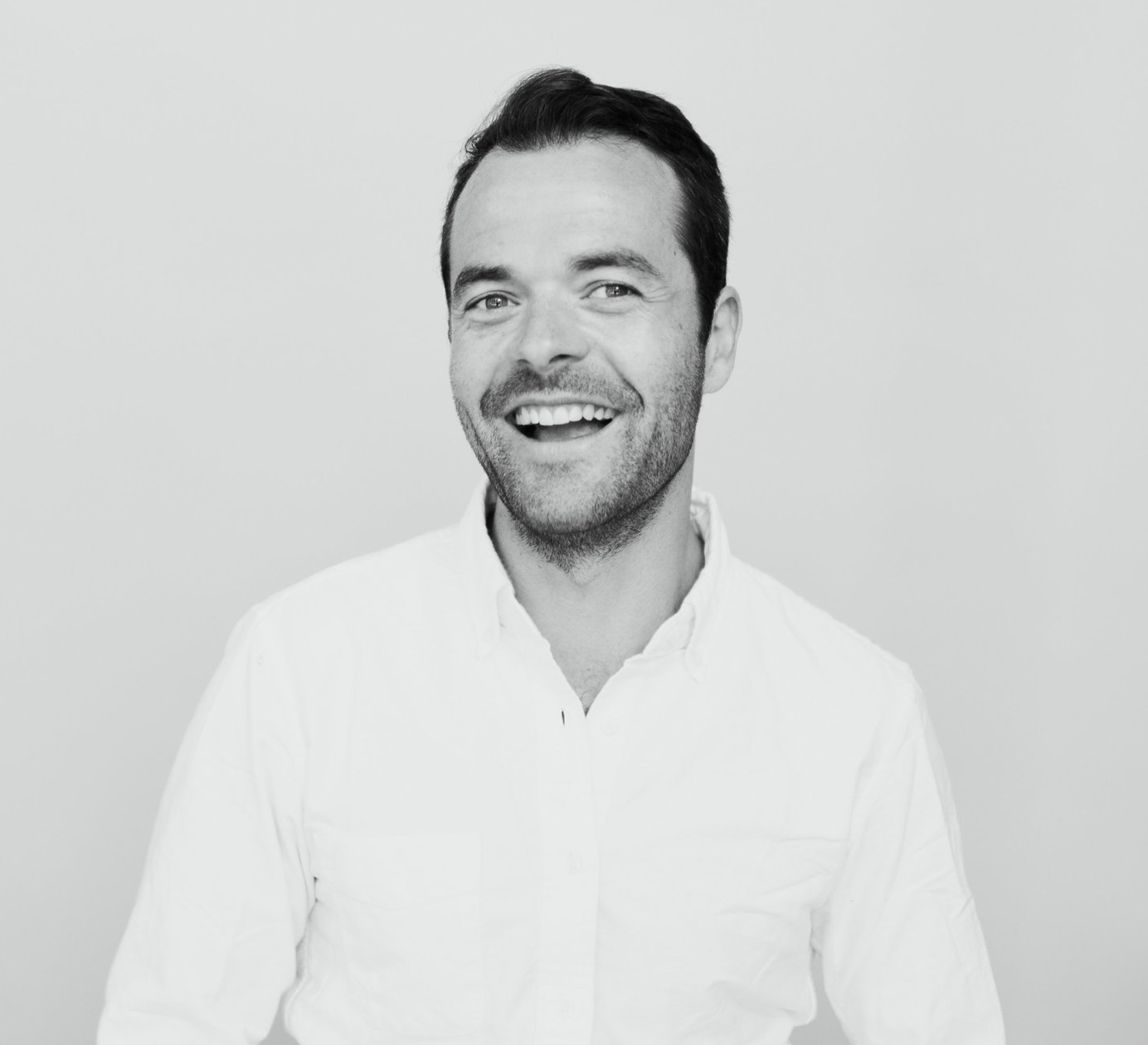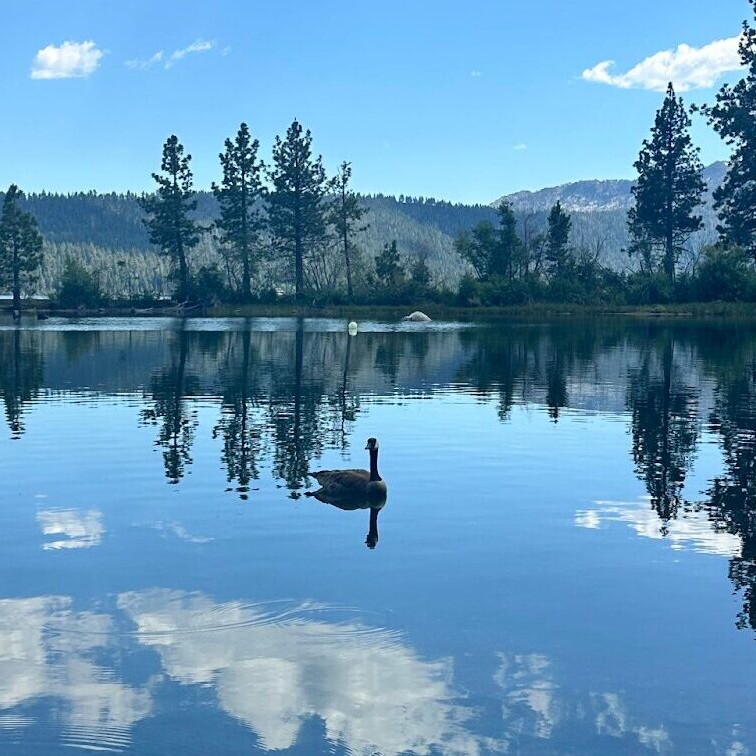Community = Living the questions together
Key ideas by Chelsea Robinson, Erin Dixon, Sita Magnuson, Michel Bachmann. Written by Fabian Pfortmüller. Originally published at Together Institute
Many years ago, Chelsea Robinson, Michel Bachmann, and I were dreaming up what a community of community weavers might look like (a project that would become “the Experiment” and eventually the Community Weavers Guild). As we were hashing out an early prototype and thinking about its purpose, Chelsea encouraged us to formulate the nascent group’s purpose not as a statement but rather as a question.
This slight shift in perspective has deeply affected me since and questions have become an essential part of how I think about purpose, both professionally and personally. And I have come to realize that questions are a splendid way to communicate the shared direction(s) of a community. They show that at the center of a group is a shared inquiry. They subtly make clear that we don’t actually know where we’re going, but that what unites us is a commitment to explore the question together.
An example: question vs statement
With Wasan Network, a global network of community practitioners, the shared purpose is formulated through the following question: How can we better understand, practice and advance relational approaches to lasting social transformation?
Imagine if this were communicated as a statement instead: We come together to better understand, practice and advance relational approaches to lasting social transformation.
What’s the difference? It’s subtle, but important. In my opinion, the question is more humble. It makes explicit that we don’t yet know how to “understand, practice and advance relational approaches”, but that this is what we’re here to do. Having a question at the center also offers flexibility. It’s obviously temporary, emergent, evolving, fleeting. The statement feels heavier, more official to me.
And most importantly, I feel that the question draws me in. It’s inviting. It will attract the people who resonate with it. And it’s inclusive: it is equally accessible to people who have been part of it for a decade or who are just joining today. We’re all just asking a question.
Just as with the Wasan example above, many communities have a purpose at their center that has no clear destination. It’s often a bit vague, often a bit tentative, and almost always unclear how we’ll get there. Perfectly expressed as a question.
Collectively living the question.
Rainer Maria Rilke and his “Letters to a Young Poet” have been a big source of inspiration to me since my teenage years, especially his famous section about not looking for answers but living into the questions:
“I want to beg you, as much as I can, dear sir, to be patient toward all that is unsolved in your heart and to try to love the questions themselves like locked rooms and like books that are written in a very foreign tongue. Do not now seek the answers, which cannot be given you because you would not be able to live them. And the point is, to live everything. Live the questions now. Perhaps you will then gradually, without noticing it, live along some distant day into the answer.” — Rainer Maria Rilke, Letters to a Young Poet
I think this applies 100% to collective questions. To communities united by a shared inquiry. Most of the time, we can not know the answers. But collectively we can live the questions. Supported by each other we can practice — in mostly tiny ways — different futures.
How does this resonate with you? Do you have other examples of groups that have questions at their core?
—
Thank you
A big thank you to Chelsea Robinson for bringing this perspective first into my life. And to my collaborators Erin Dixon, Sita Magnuson, Michel Bachmann for centering “inquiry” in our work with the Community Weaving Project.
Interested in getting regular community building insights in your inbox?
Every few weeks we send out a short email with 3–5 of our favorite insights, blog posts and articles about building meaningful communities. If you care about bringing people together, this might be for you. Sign up here.

Fabian Pfortmüller has co-founded several purpose-driven communities. He is the co-author of the Community Canvas, an open-source community building framework, and a co-creator of the Wasan Network. Previously, Fabian was an Innovator in Residence with the Kauffman Foundation, co-founder of Sandbox, a global community of young change makers, and co-founder of the mindfulness brand Holstee.
featured image by Caleb Jones

Network Weaver is dedicated to offering free content to all – in support of equity, justice, and transformation for all.
We appreciate your support!



